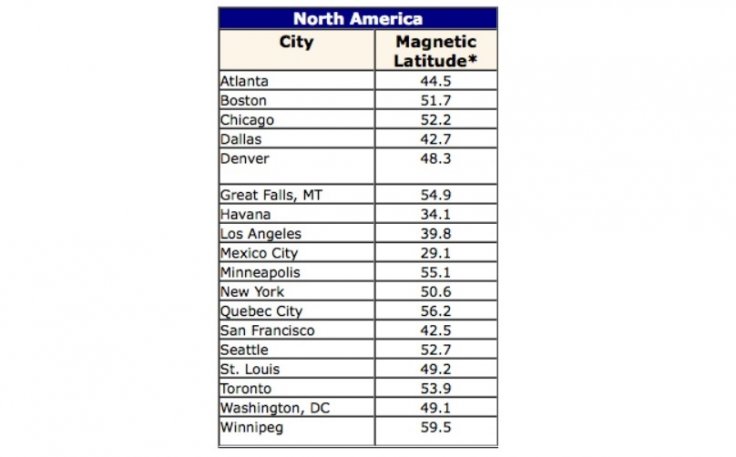A big solar flare is all set to reach Earth Saturday, which is likely to form a strong geomagnetic storm causing the Northern Lights aka aurora borealis. People across the US and Europe will be able to witness the effect of the storm, a celestial event displaying fantastic green and crimson light in the sky.
What causes the northern lights?
Reports suggest that on Thursday, the sun had blasted out ionized gas in millions of tons from one out of five sun-spot clusters. As a result, the wave of solar energy is likely to deliver a celestial show in the Northern Hemisphere when it hits the earth.
Where and How to watch the aurora borealis in the US?
To see an aurora, it is recommended to stay at a high latitude, i.e. closer to the north (or south) pole. However, it's complicated.

The earth's magnetic poles are not exactly in line with the geographic poles. Hence, the latitude of interest would really be magnetic latitude, according to the Space weather prediction center.
Moreover, it is not necessary for the aurora equatorward boundary to reach the magnetic latitude of your location.
In the below table, find a city not far from where you live, and note its magnetic latitude.

Kp maps (clickable in the future) will give you the magnetic latitude at a location on the globe.

According to The University of Alaska Fairbanks Geophysical Institute Aurora Forecast, the Northern Lights could be witnessed from Portland Oregon to New York City if the weather permits. The unusual effect of the geomagnetic storm could also be witnessed on the horizon as far south as Nevada, Carson City, Raleigh, North Carolina and Oklahoma City.
Moreover, the Geomagnetic Storm Watch will be in effect on Saturday and Sunday (October 30 and 31). "Coronal Mass Ejection (CME) from the sun that occurred around 11:35 a.m. EDT on Oct. 28. Analysis indicated the CME departed the Sun at a speed of 973 km/s and is forecast to arrive at Earth on 30 October, with effects likely continuing into 31 October," according to the notice issued by the Space weather prediction center.









